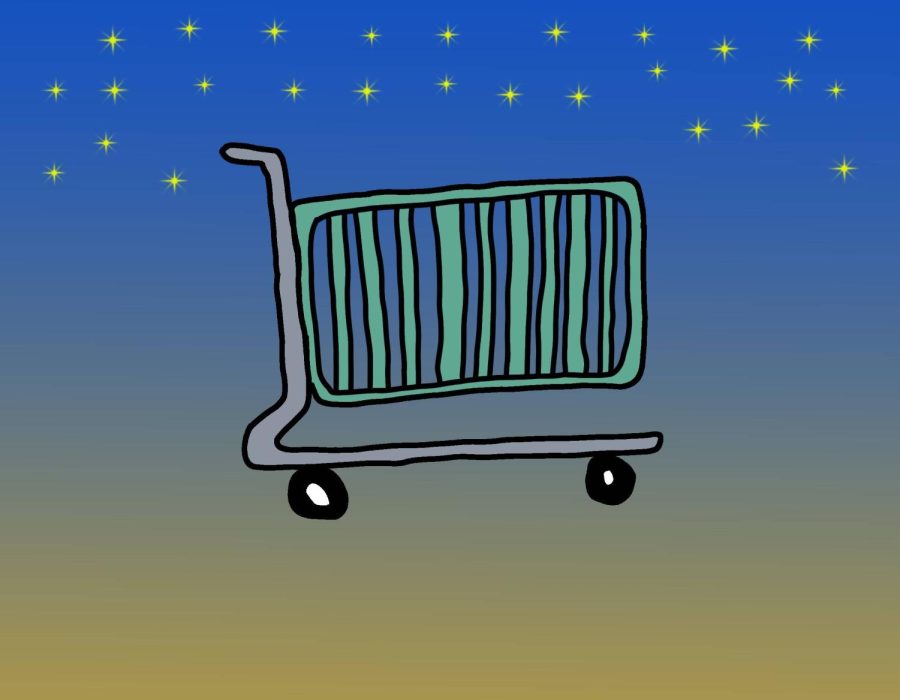‘Buy now, pay later’ services offer alternative payment method
November 18, 2022
For Baruch College students who want to make a purchase but lack the savings or are concerned about inflation, the words “buy now, pay later” may be the solution for them.
More retailers are offering “buy now, pay later” services, or BNPLs, as a payment option online, with 85% of consumers projected to use these services this holiday shopping season.
BNPLs allow customers to pay for goods through small interest-free installments over a short period of time. Instead of applying for a card, customers may create an account with the service for free in order to make a purchase.
Most of them require customers to pay four installments, one every two weeks. For most services, users are blocked from making more purchases with the service until they make a payment.
Most options also require credit history for approval, though usually not a very high credit score.
Klarna Bank AB launched in Sweden in 2005 but expanded its BNPL service in the United States in 2015. Approximately 30 million Americans actively use Klarna, according to its 2022 interim report.
“In an environment where interest rates are rising, as a consumer you don’t want to be in the hands of credit card companies,” Klarna CEO Sebastian Siemiatkowski said in the report. “Your interests are not aligned with theirs.”
New users may visit Klarna’s “How does it work?” page on its website for more information.
Afterpay Limited launched in 2014. Australia-based financial service company Block, Inc. owns the service, in addition to the mobile payment service Cash App and the audio streaming service Tidal.
More than 20 million people actively use the service while more than 140,000 retailers enable it, according to Isabella Scala, a communications associate for Afterpay.
“We empower our customers to use their own money and to enjoy their purchases right away without paying over time,” Scala told The Ticker. “Consumers effectively get the flexibility that traditional credit affords, without all the downside.”
For late payments, users are charged at most $8 per installment, but the fees are capped at 25% per order. New users may visit Afterpay’s “How it Works” page on its website for more information.
Affirm Holdings Inc. launched in San Francisco in 2012, advertising itself as a BNPL with “no late fees or surprises” on its website. Approximately 14 million consumers use Affirm, increasing 96% in 2021, according to its recent quarter report from August.
While BNPLs currently make up 2% of the United States’ e-commerce transactions, Scala said Afterpay projects that number to rise to 10% by 2024. Consumers from the Millennials and Generation Z age groups make most of the user base.
“The next generation of consumers don’t want to use credit and are showing a strong preference for debit,” Scala said, pointing to a study by Deloitte.
To avoid missing out on payments, BNPLs encourage consumers to set up budgets in order to buy goods that they can afford within four payment installments. If a person can produce and pay a certain amount of money consistently within two weeks, that person should use a BNPL.
Additionally, Scala also recommends that first-time users turn on notifications for payment reminders and schedule their payments to sync with their paychecks.
What consumers may find different about each BNPL is where they are able to use them. Some retailers use Afterpay instead of Klarna and vice versa, while Affirm serves as the only BNPL option for Amazon.com Inc.
This shows competitiveness within the BNPL business, but students may try each to find out what works best for them.
“Together we continue to build something amazing that makes the finances of people across the globe just a little bit easier, a little more transparent and a whole lot fairer,” Siemiatkowski said.








